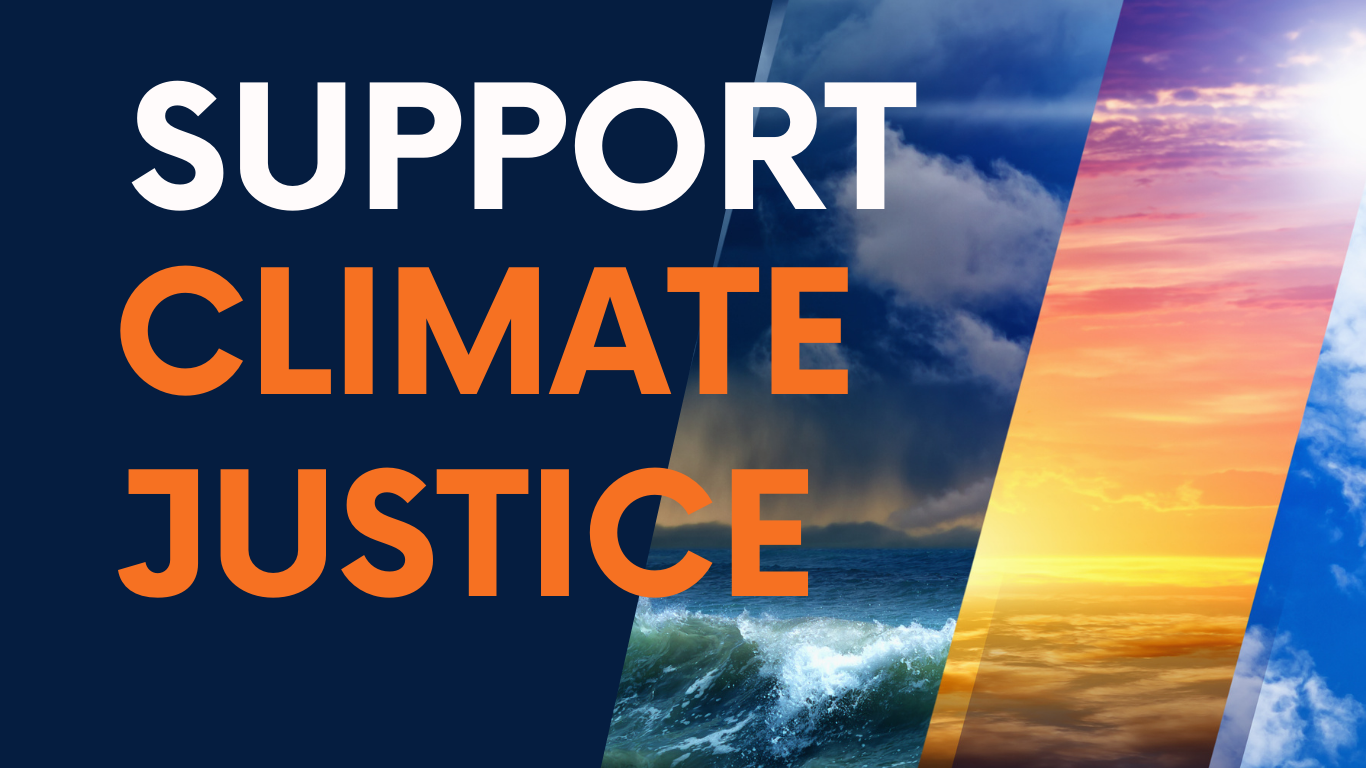By Climate Spotlight Staff
During the Pliocene Climatic Optimum, the Antarctic and Arctic ice caps nearly melted, and sea levels were about 35 m higher than they are now. Temperatures were much warmer than today, with the polar temperatures standing at around 5°–10°C. This was about 5 – 1.8 million years ago during the Pliocene epoch, a period when the Earth transitioned from relatively warmer global temperatures to the cooler climates of the Pleistocene. But according to a study published this year by the NOAA’s Mauna Loa Atmospheric Baseline Observatory, global CO2 levels are now comparable to the Pliocene Climatic Optimum, between 4.1 and 4.5 million years ago.
Carbon Dioxide in the atmosphere is measured by part per million (ppm), this number tells us how many parts of CO2 are in one million particles of air, according to the scientist from NOAA and Scripps Institute for Oceanography, a new peak of 421 parts per million of CO2 was recorded in the atmosphere in May 2022, breaking a record not seen for millions of years they suggest.

Total U.S. Emissions in 2020 = 5,981 Million Metric Tons of CO2 equivalent (excludes land sector). Percentages may not add up to 100% due to independent rounding. (Photo by US EPA)
The measurement was done at the mountaintop observatory in Hawaii, on the Big Island, and an increase of 1.8 part per million of CO2 compared to 2021 numbers was recorded, resulting in a reading of 420.78 ppm. Prior to the industrial revolution, these levels of CO2 stood consistently at around 280 ppm for nearly 6000 years. The actions taken by countries that have resulted in widespread global industrialization have resulted in 1.5 trillion tons of CO2 being emitted into Earth’s atmosphere. This is the primary driver of the changing climate which will result in continued warming for years to come.
CO2 pollution generated by our industrialized world along with other greenhouse gasses traps heat radiation from the planet’s surface that would otherwise find its way to space. This heat trapped in the atmosphere causes warming across the planet that contributes to intense weather events such as stronger hurricanes and tropical systems, extreme heat waves, droughts, wildfires, a heavier rain resulting in flooding and mudslides.
The warming of the atmosphere also leads to increase sea surface temperature and melting of ice at the poles which lead to rising sea levels. Increased absorption of carbon makes the water more acidic, resulting in ocean deoxygenations and the loss of marine organisms.
What is needed more than ever globally is the collective willpower to slow CO2 emissions. While they are other greenhouse gasses such as methane (which has also increased due to human food production demand), the major portion of GHG in the world’s atmosphere is attributed to CO2.
Phasing out fossil fuel usage for renewable energy options to meet transportation and electricity generation demands, and finding alternatives to deforestation for monocultural and pastures among other practices, can contribute to the reduction of widespread GHG emissions. Research has confirmed that human actions are the direct cause of the increased GHG emissions literally fueling the climate crisis.
This means our direct action should – indeed it must – reduce GHG and revive our planet’s biosphere.







